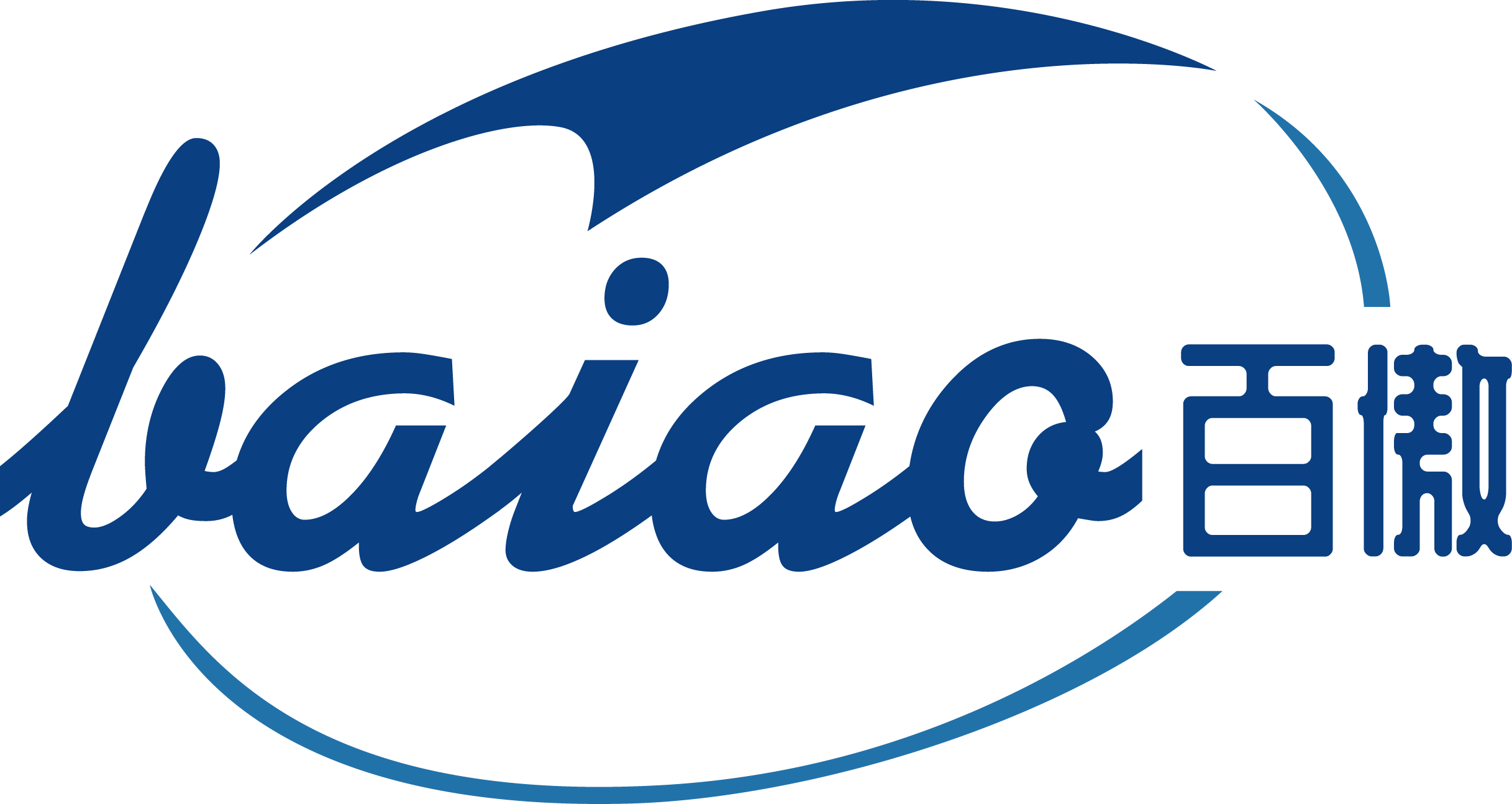Polyester cord is an ideal frame material (strength layer) for transmission belts, especially V-belts. It has the advantages of high strength, large modulus, small elongation, and good flexural fatigue resistance. In advanced foreign countries, it has been widely used as early as the Indian era of the last century. The former Ministry of Chemical Industry of my country put forward the requirements of stringing and polyvinegarization of transmission belts during the “Seventh Five-Year Plan” period. Scale promotion and application. With the application of polyester cord in the transmission belt, the service life and performance of the transmission belt have been greatly improved [’].
However, ordinary poly-m cords also have shortcomings such as large dynamic heat generation, high high-temperature shrinkage, and easy slack. The applications of high-grade transmission belts such as trim V-belts for automobiles, poly-v belts and high-speed flat belts for grinding machines are subject to certain restrictions. Therefore, advanced foreign countries gradually developed a high-modulus low-shrinkage (HMLS) polyester cord for the frame material (strength layer) of the transmission belt in the early 1990s, which greatly improved the performance and service life of the transmission belt. The so-called high modulus low shrinkage (HMLS) polyester fiber is a dimensionally stable high-strength polyester fiber developed by the American ALLIEDSIGNAL company in the late 1970s [[2] (also known as DSP polyester fiber, Dimensionally Stable Polyester yarn), the outstanding features of this kind of fiber compared with ordinary poly-cool fiber are: high initial modulus, small deformation and elongation, stable size, low dynamic heat generation, especially at high temperature, low heat shrinkage (force), and At low temperature, the heat shrinkage rate (force) is larger than that of ordinary polyester fiber. The cord made of this fiber is particularly suitable for the use of transmission belts. For example, trimming V-belts and multi-ribbed belts for automobiles use this kind of cord to achieve maintenance-free (Service-free) use of the belt, that is, there is no need to adjust its tension during the entire service life of the belt. While using ordinary polyester cord, the new belt is initially used 3000~5000Km, the tension must be adjusted once, and then the tension needs to be adjusted 2~3 times during the subsequent use. The service life is 6-8x104Km, and the former does not need to adjust the tension. In this case, it can use 8 one lox104 Km, which can reach the level of the first overhaul of automobile engine. It is used for automobile V-ribbed belts to be matched with high-performance belt materials such as hydrogenated butadiene nitrile rubber (HNBR) or ethylene propylene diene rubber (EPDM), which can even reach the same life (25~30x 104KM) level of automobile engines. Make the automobile transmission belt become a functional part of the automobile. Used for high-speed flat belts, its speed can reach 3 x 104r/Min, used for high-speed grinders, etc. Therefore, foreign advanced transmission belts mostly use high modulus and low shrinkage (HMLS) polyester cord as the skeleton material.
Polyester dipped cords are used in trimming V-belts and ribbed belts



